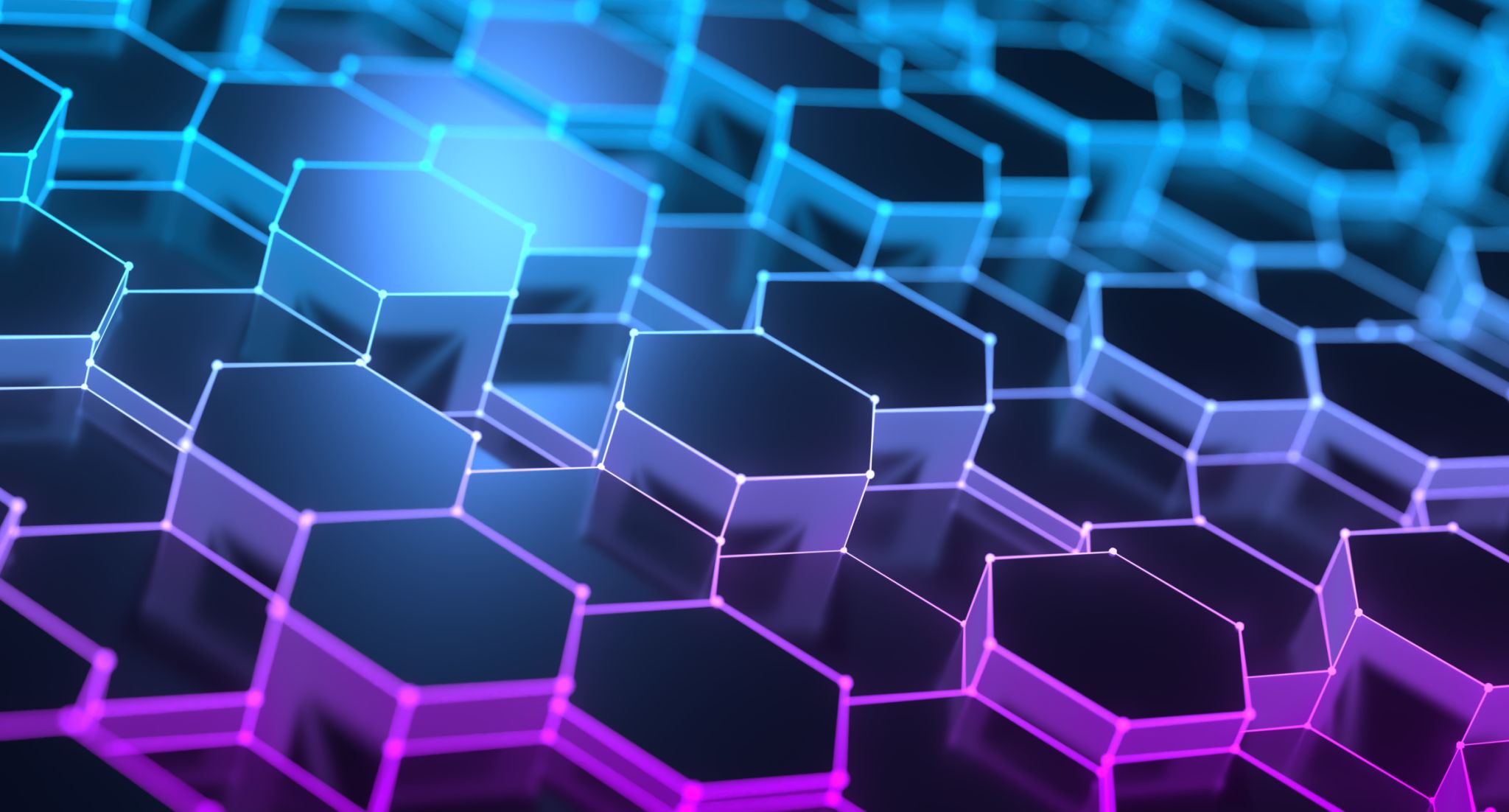The Role of Web3 in Achieving Sustainable Development Goals
Understanding Web3 and Its Potential
Web3, a term often associated with the next generation of the internet, leverages blockchain technology to decentralize control and empower users. Unlike its predecessor, Web2, which is dominated by centralized platforms, Web3 aims to create a more equitable digital world. This shift not only changes how we interact online but also offers innovative solutions for global challenges, including the pursuit of the United Nations' Sustainable Development Goals (SDGs).

Enhancing Transparency and Accountability
One of the significant contributions of Web3 to sustainable development is the enhancement of transparency and accountability. Blockchain's immutable ledger technology provides a reliable way to track transactions and activities, reducing corruption and fraud. For instance, in supply chain management, blockchain can ensure that products are ethically sourced and produced, supporting SDG 12: Responsible Consumption and Production.
Moreover, decentralized platforms can facilitate better tracking of funds and resources in aid distribution and public spending. By providing an auditable trail, these technologies help build trust among stakeholders, ensuring that resources reach those who need them most.
Empowering Individuals through Decentralization
Web3 empowers individuals by decentralizing power and giving users control over their data. This is crucial for addressing issues such as digital identity and financial inclusion. With decentralized finance (DeFi) platforms, people without access to traditional banking systems can participate in the global economy, directly contributing to SDG 1: No Poverty and SDG 8: Decent Work and Economic Growth.

Furthermore, decentralized identity solutions enable individuals to own and manage their digital identities without relying on centralized authorities. This can significantly impact refugees and other marginalized groups by providing them with secure and verifiable identities.
Promoting Renewable Energy and Environmental Sustainability
Web3 technologies also play a role in promoting renewable energy adoption and environmental sustainability. Blockchain can facilitate peer-to-peer energy trading, allowing individuals to buy and sell excess renewable energy directly. This supports SDG 7: Affordable and Clean Energy by making renewable energy more accessible and cost-effective.
Additionally, blockchain can enhance carbon credit trading systems by providing transparent records of carbon emissions reductions. This ensures that environmental efforts are verifiable and effective, contributing to SDG 13: Climate Action.

Challenges and Considerations
Despite its potential, integrating Web3 into sustainable development efforts is not without challenges. The energy consumption of blockchain networks, particularly proof-of-work systems, raises concerns about environmental impact. However, advancements in more sustainable consensus mechanisms like proof-of-stake are addressing these issues.
Moreover, achieving widespread adoption requires overcoming technological barriers and ensuring equitable access to the necessary infrastructure. Collaborative efforts between governments, private sectors, and communities are essential to harness Web3's full potential for sustainable development.
The Future of Web3 in Sustainable Development
As Web3 continues to evolve, its role in achieving Sustainable Development Goals becomes increasingly significant. By fostering transparency, empowering individuals, and promoting environmental sustainability, Web3 offers innovative solutions to some of the world's most pressing challenges.
The journey towards a sustainable future is complex, but with the integration of cutting-edge technologies like Web3, we are better equipped to build a world that is equitable, resilient, and sustainable for generations to come.
